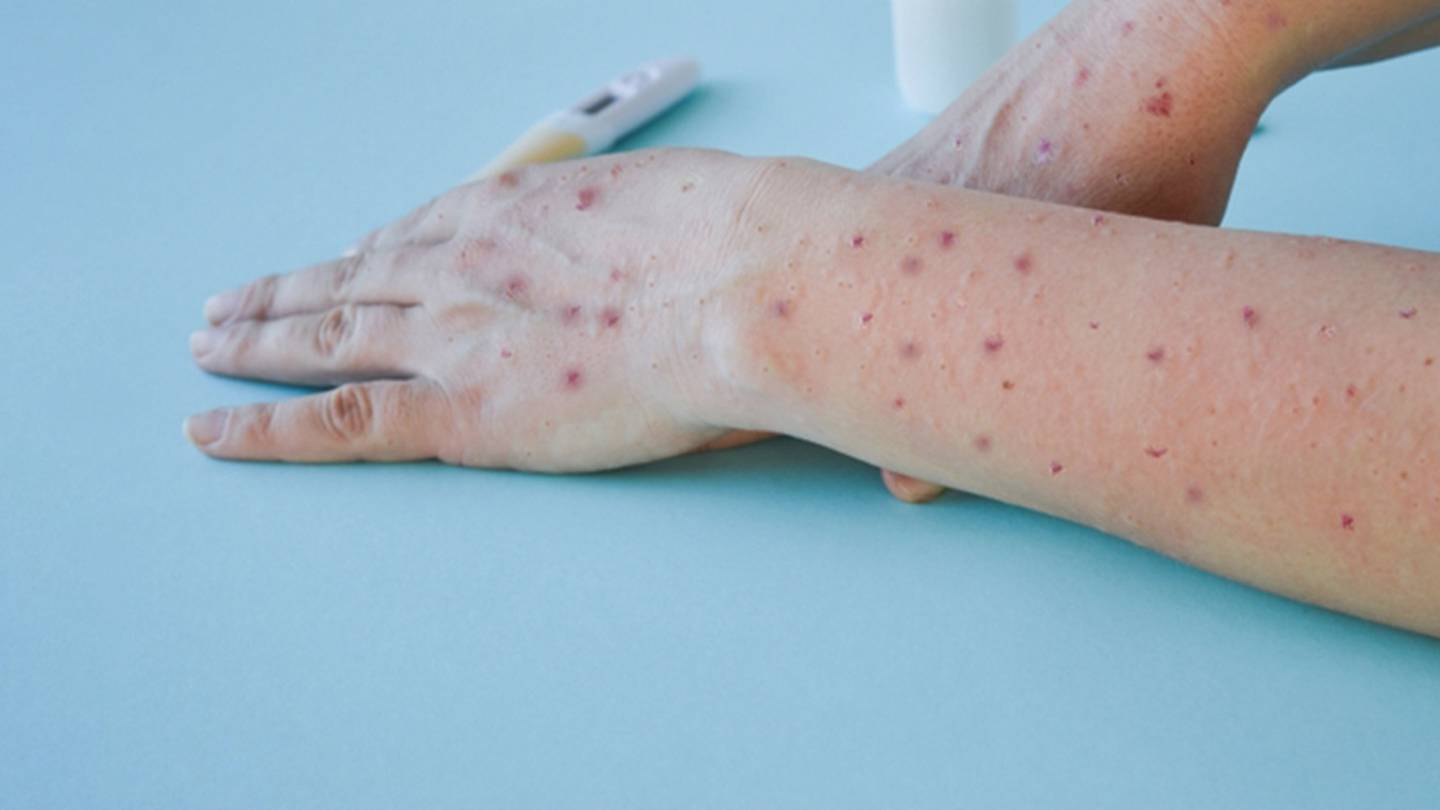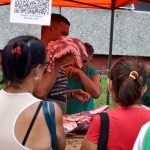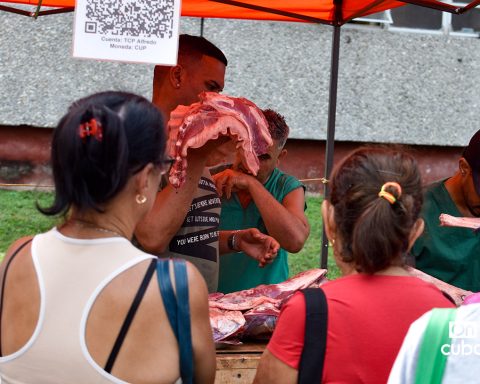Brazil and Peru reported the first two deaths related to the monkeypox epidemic in the Americas. These occurred in immunosuppressed people: one was a cancer patient and the other had HIV. Both deaths bring the global death toll to nine.
The first death occurred last Thursday, July 28, in Brazil. It was a 41-year-old man who was admitted to the Eduardo de Menezes Hospital in Belo Horizonte, suffering from cancer and had immune problems. According to the Secretary of Health of Minas Gerais, Fábio Baccheretti, the patient “he had serious comorbidities, so as not to cause panic in the population. Mortality (from this disease) remains very low”.
The second case occurred this Monday, August 1, in Peru. This is a 45-year-old man who had been hospitalized on July 27 after arriving “extremely seriously ill at the hospital with monkey pox, and whose health had deteriorated after stopping their HIV treatment”.
The Peruvian Ministry of Health clarified that the final cause of his death occurred due to septicemia or septic shock, an overload of the immune system that causes damage to its own tissues.
“The patient arrived in extremely serious condition, with skin lesions, several entry points for germs and also had a lung problem, which is why he was managed at the ICU level, he was intubated, but he was highly infected. The patient already arrived with a very advanced infection,” explained Dr. Eduardo Farfán, director of the Dos de Mayo Hospital in Peru.
In addition to these two deaths in America, two are reported in Spain, one in India and five in Africaspecifically in Nigeria and the Central African Republic, two of the seven countries on that continent where this disease is endemic.
More than 8000 cases in America
The monkeypox or monkeypox epidemic is already in 19 countries and territories of America, According to data from the Pan American Health Organization (PAHO) until August 2, 2022, the continent accumulates 8,644 infections, which represents 37% of cases worldwide.
Infections in America have increased by more than 1114% during the last month. According to the PAHO epidemiological report, As of June 30, 2022, there were 712 positive cases of monkeypox and a month later, almost 9,000 were reached.
The United States is the country with the most infections in America and in the world: it already exceeds 6,300 infections. Due to the increase in cases, New York, California and Illinois declared a state of emergency, which will allow medical services to expand the group of people who can be vaccinated against this epidemic.
Brazil and Canada are the other two countries that are reporting the most infections. The first already accumulates 1,369, about four cases per million, and the second 803, which represents 20 per million.
“Most of the confirmed cases are men, 81% are between 25 and 45 years old, andl 79% of cases in the Americas are locally transmitted”, says PAHO.
Central America is the region with the fewest cases
Of the entire continent, Central America is the region that has reported the fewest cases. The country that reports the most cases is Costa Rica, with three in total, followed by Panama with one.
The Ministry of Health of Costa Rica reported that the first patient was an imported case: a 34-year-old US citizen who resides in this country and returned from a trip. The second case was of a Costa Rican who had contact with this foreigner.
The third contagion is a Colombian man, nationalized in Costa Rica, 42 years old, that he had no contact with the first two cases, but has a history of having traveled to Spain, the second country in the world with the most cases.
Both in the case of the American and the 31-year-old Costa Rican, patients have mild symptoms with no rash and are currently in isolation waiting for lesions to appear to proceed with the sampling.
Monkeypox is only contagious with visible symptoms
PAHO explains that people with monkeypox can transmit the virus while they have symptoms, It takes between two and four weeks. The contagion occurs by having physical contact with the rash or the body fluids of the infected: liquid, pus, blood or scabs. Also, when coming into contact with clothes, towels, objects and utensils that they use to eat.
There may also be contact through saliva, because the ulcers or sores that appear in the mouth are infectious. Therefore, doctors, family members and partners of sick people are at greater risk.
“The virus can also be transmitted from a pregnant person to the fetus through the placenta, or from an infected parent to their child during or after delivery through skin-to-skin contact. It is not clear whether people who do not have symptoms can spread the disease,” says PAHO.
This epidemic has a low percentage of mortality, Symptoms usually resolve without treatment, but immunosuppressed people are the most vulnerable.
To avoid contagion it is recommended to limit contact with people suspected or confirmed to have the virus. If there is an infected family member, it is recommended to isolate him, wear a mask, wear disposable gloves, even wear a mask or face shield when handling any clothing or bedding of the person.
“Regularly wash your hands with soap and water or a 70% alcohol-based hand sanitizerespecially after you have been in contact with the infected person, their clothing, sheets, towels, and other objects or surfaces that you have touched or that may have come into contact with your rash or respiratory secretions (for example, utensils, dishes)” they suggest.
Likewise, rThey recommend washing the person’s clothes, towels and sheets with hot water and detergent. infected, as well as eating utensils with hot water and detergent.















